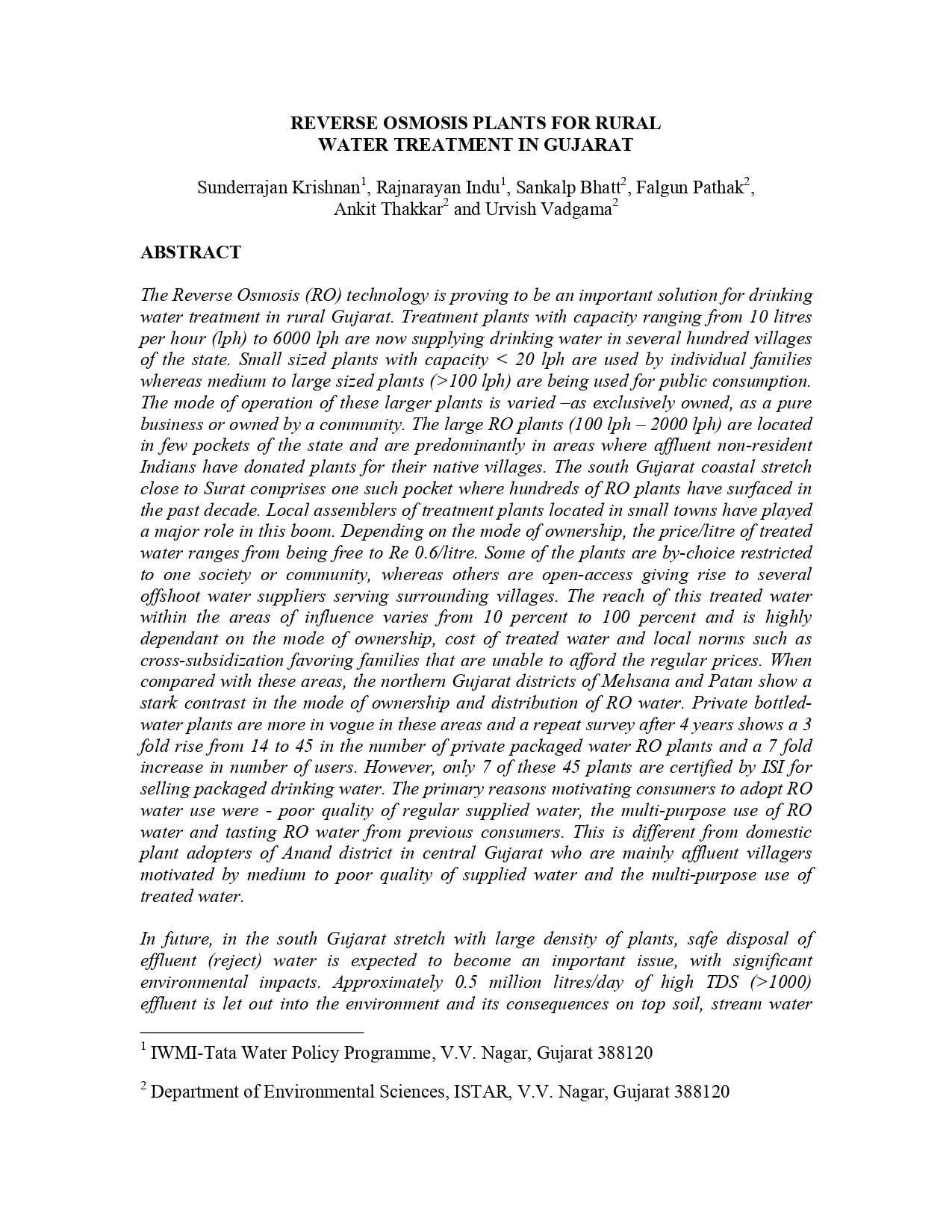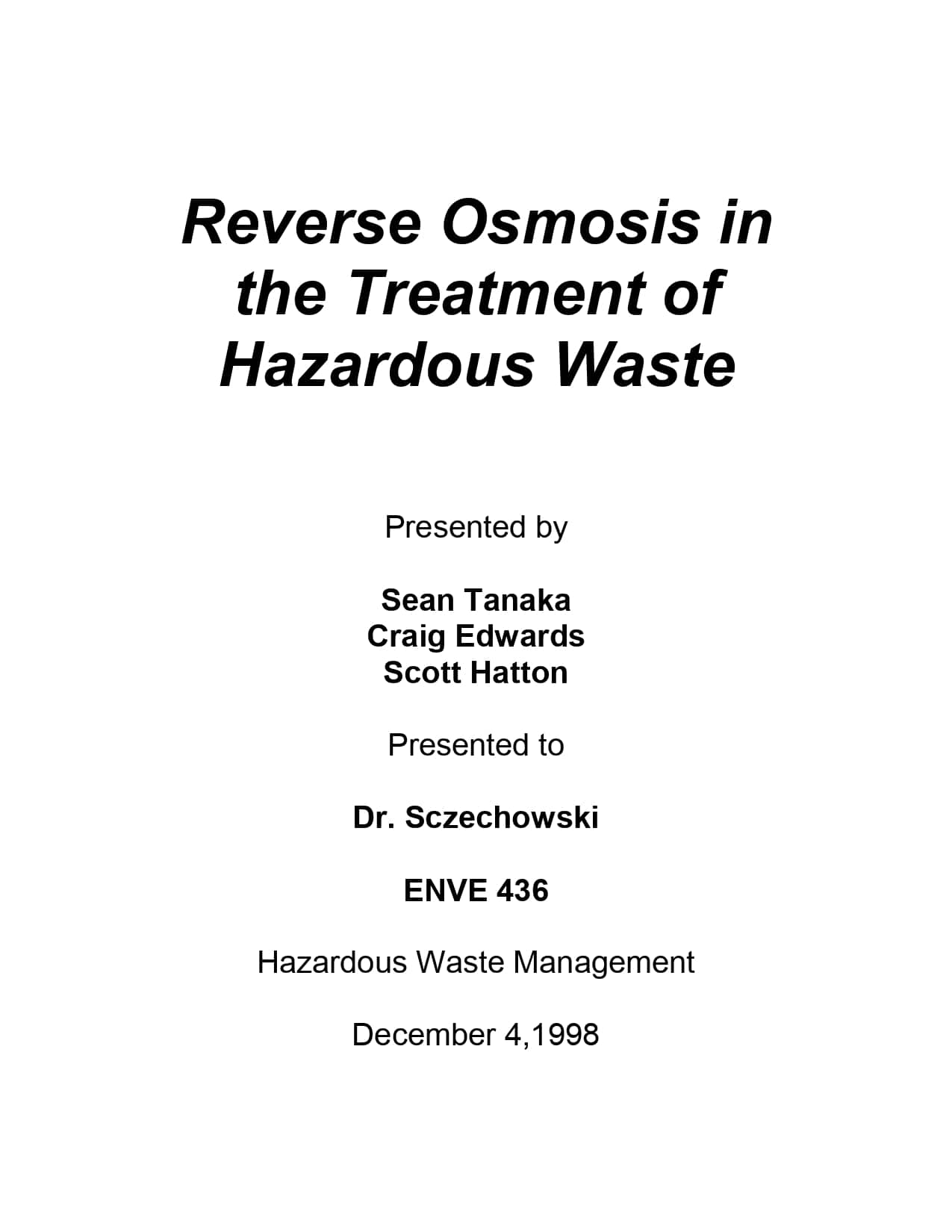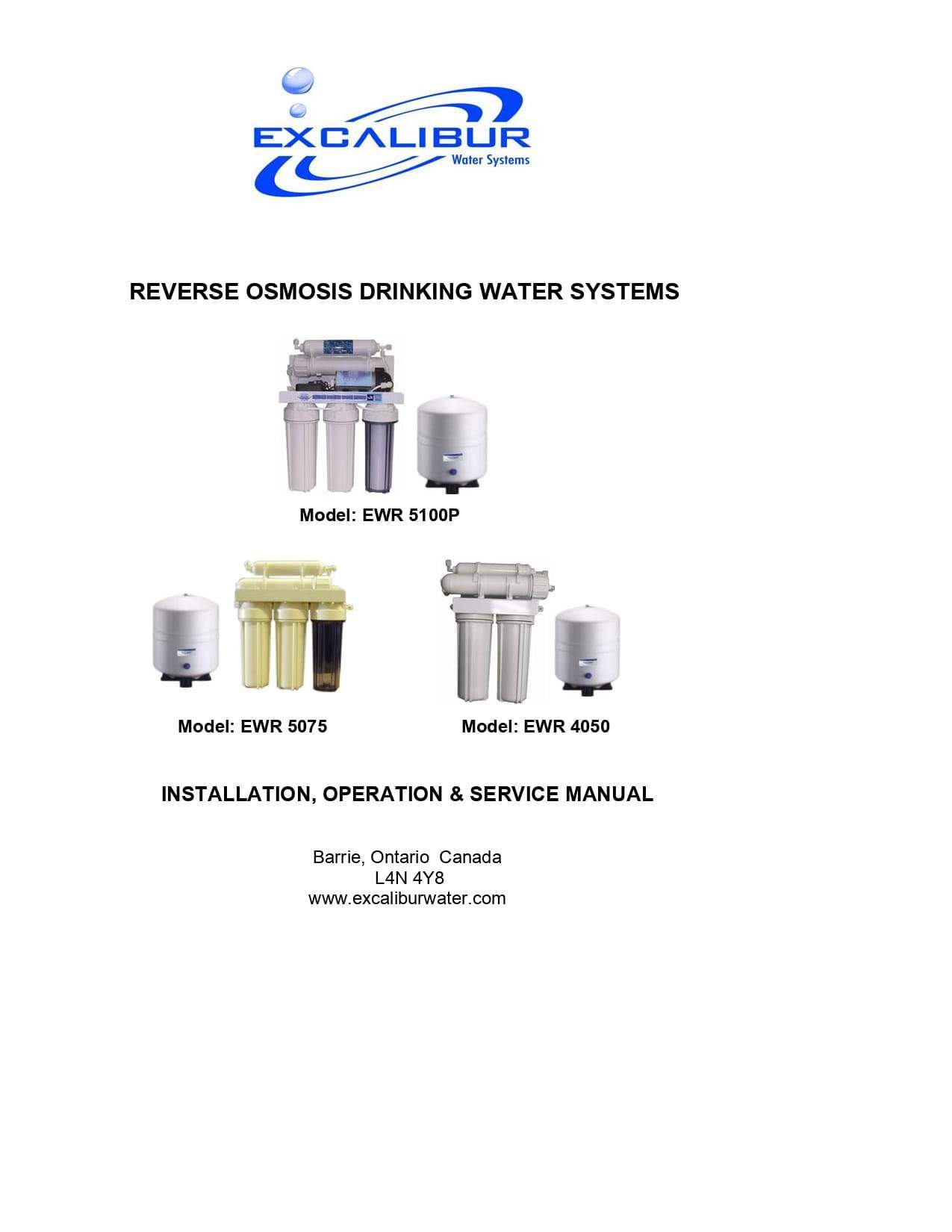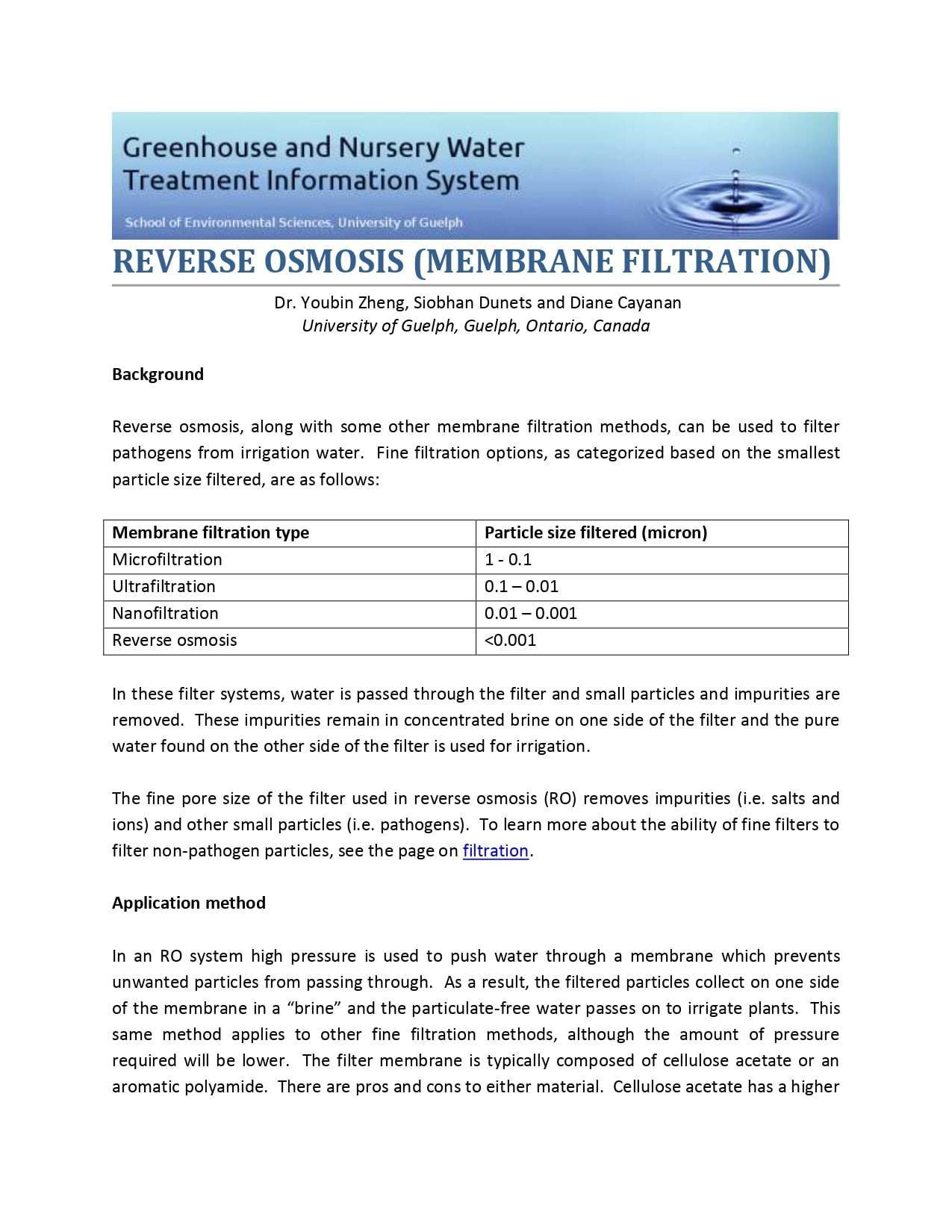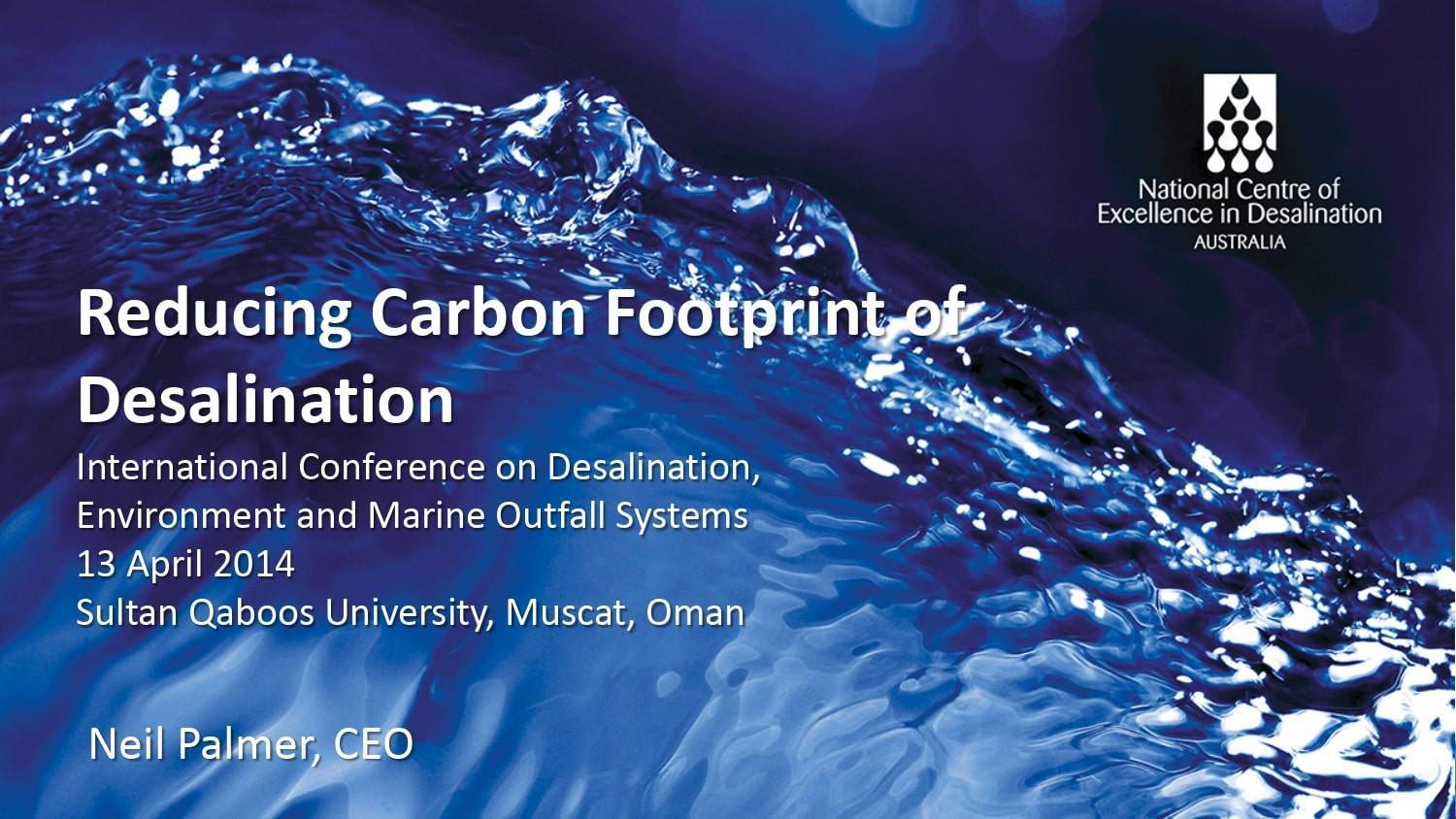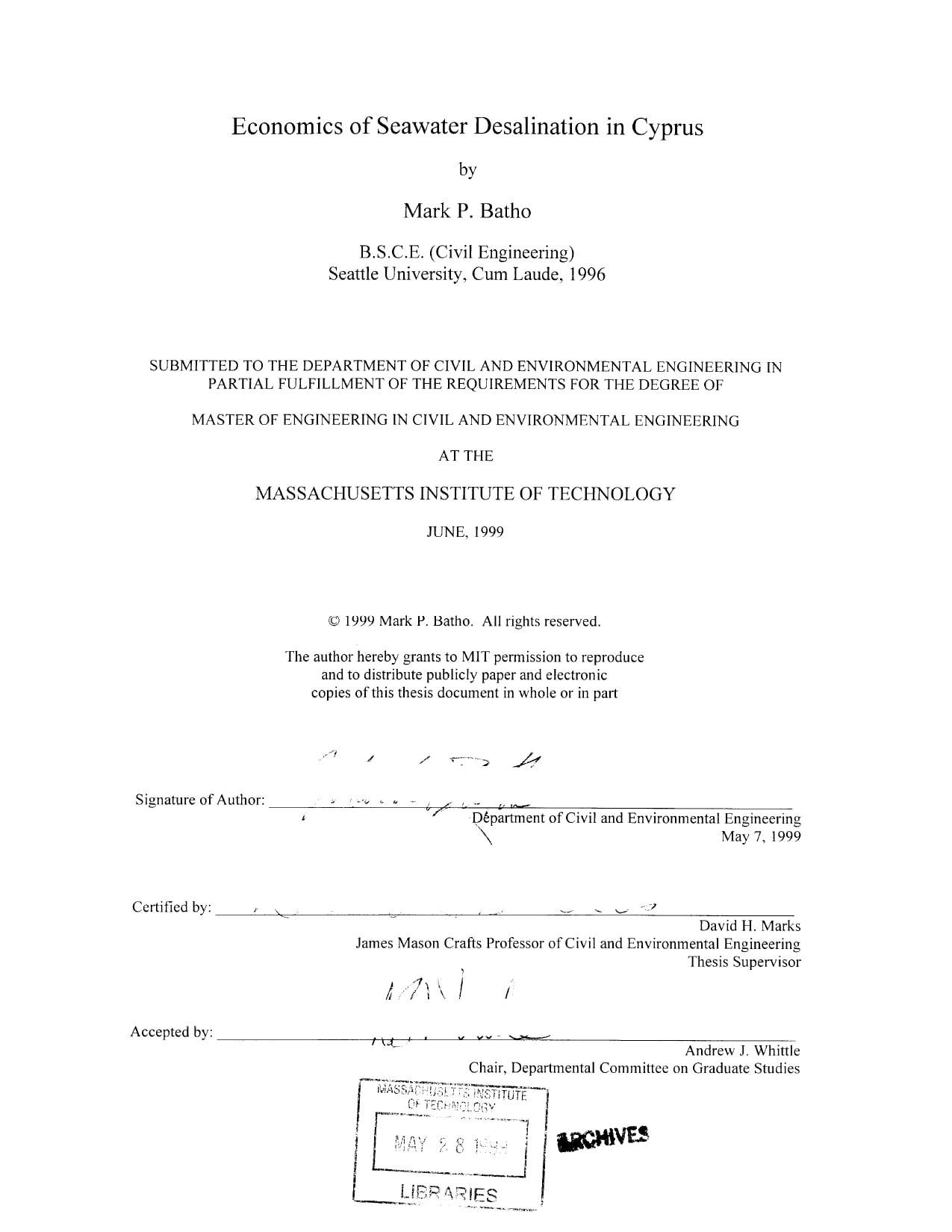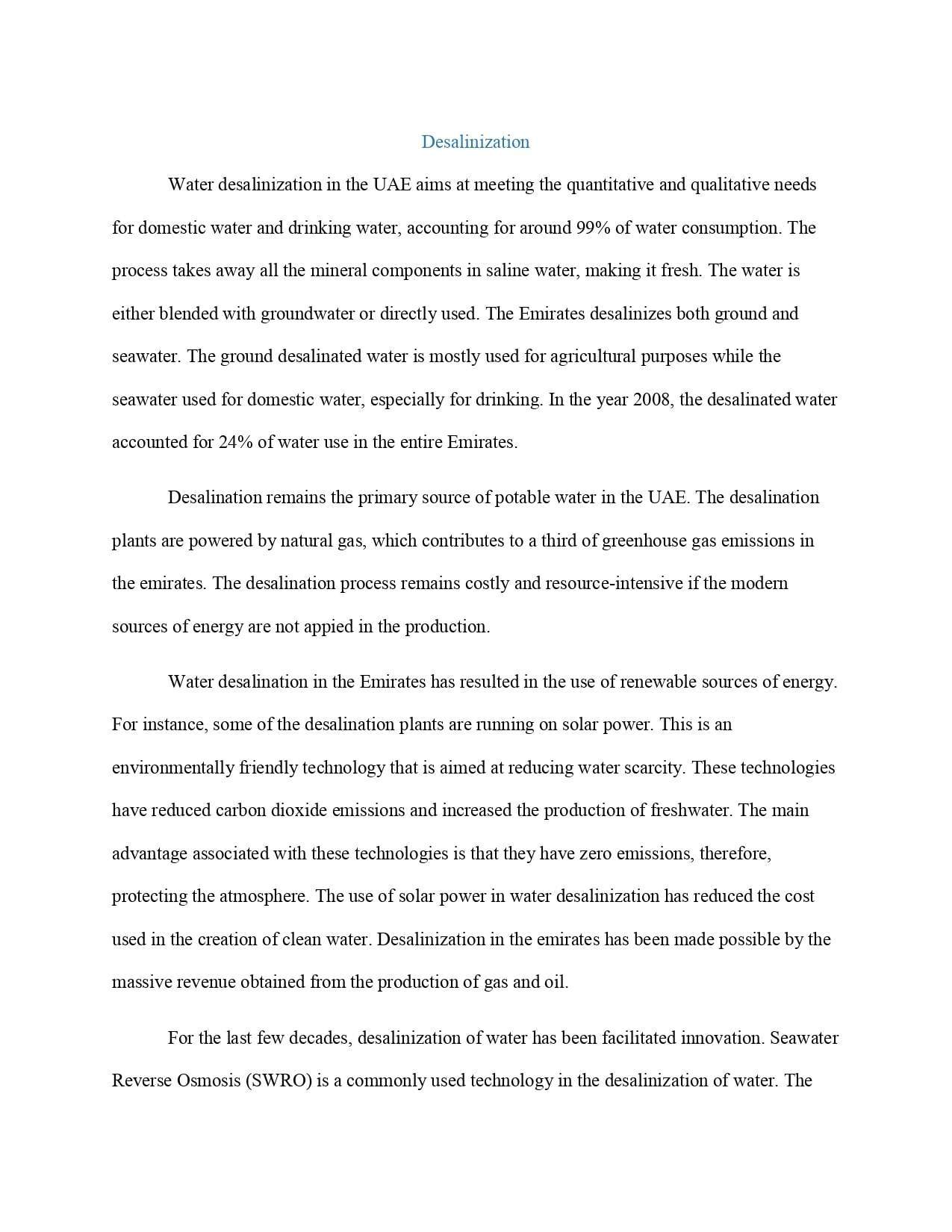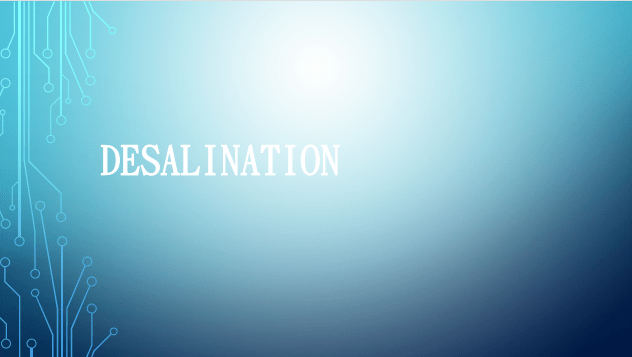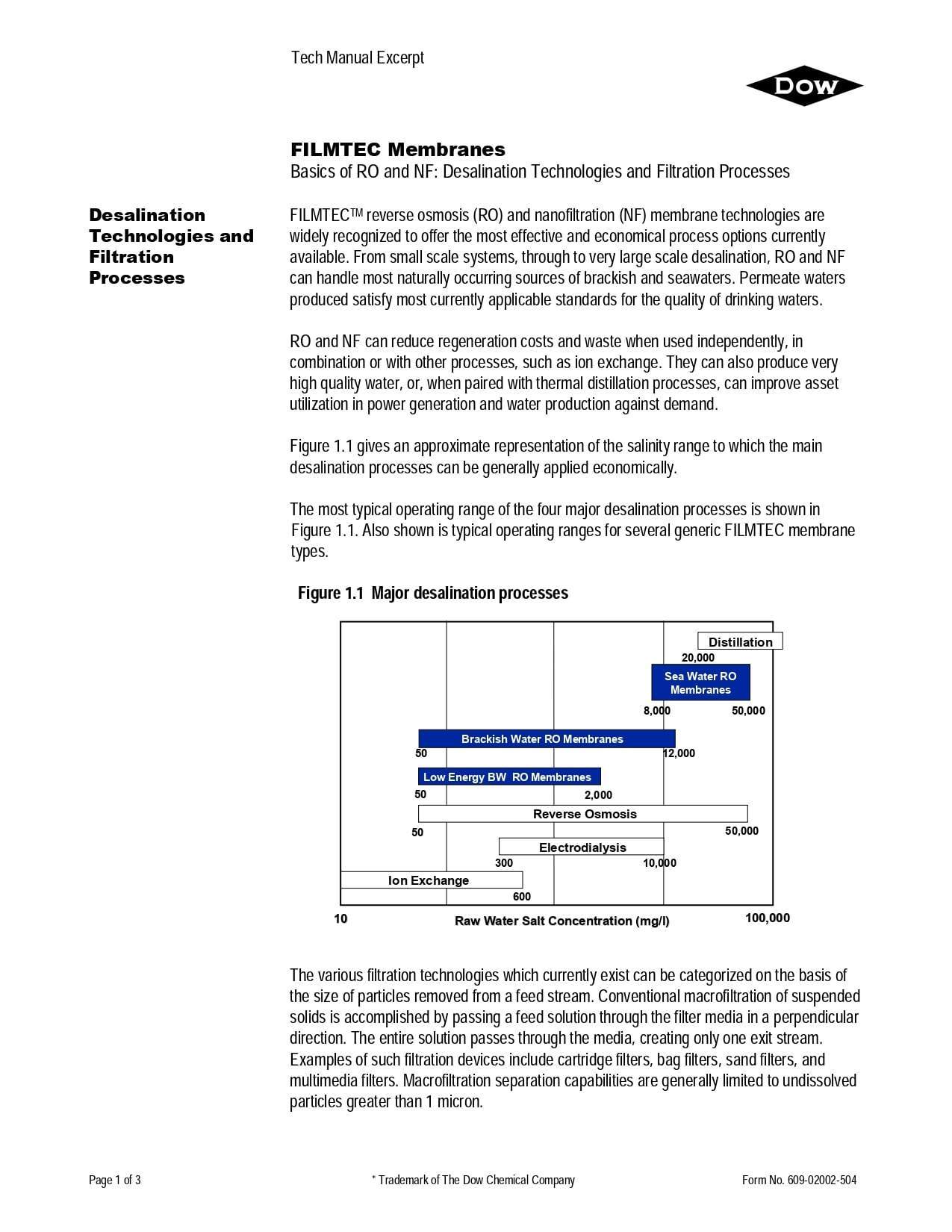Reverse Osmosis Plants For Rural Water Treatment In Gujarat
The Reverse Osmosis (RO) technology is proving to be an important solution for drinking water treatment in rural Gujarat. Treatment plants with capacity ranging from 10 liters per hour (lph) to 6000 lph are now supplying drinking water in several hundred villages of the state. Small sized plants with capacity < 20 lph are used by individual families whereas medium to large sized plants (>100 lph) are being used for public consumption. The mode of operation of these larger plants is varied as exclusively owned, as a pure business or owned by a community.
Reverse Osmosis Plants For Rural Water Treatment In Gujarat
The Reverse Osmosis (RO) technology is proving to be an important solution for drinking water treatment in rural Gujarat. Treatment plants with capacity ranging from 10 liters per hour (lph) to 6000 lph are now supplying drinking water in several hundred villages of the state. Small sized plants with capacity < 20 lph are used by individual families whereas medium to large sized plants (>100 lph) are being used for public consumption. The mode of operation of these larger plants is varied as exclusively owned, as a pure business or owned by a community.
Reverse Osmosis In The Treatment Of Hazardous Waste
Reverse Osmosis (RO) technology is used by many industries, including pharmaceutical and semiconductor. RO is used to purify drinking water in homes, desalinate seawater, and to remove impurities from process water. RO is used alone or with pre- and/or post-treatment equipment to meet a specified requirement for water quality.
As industrial processes have changed and environmental regulations become more stringent, reverse osmosis is now used to treat hazardous waste. One such application is the concentrating of metals in rinse water in the metal plating industry. A second application is the treatment of land fill leachate and other liquids high in Total Dissolved Solids (TDS) and Volatile Organic Compounds (VOCs).
Reverse Osmosis In The Treatment Of Hazardous Waste
Reverse Osmosis (RO) technology is used by many industries, including pharmaceutical and semiconductor. RO is used to purify drinking water in homes, desalinate seawater, and to remove impurities from process water. RO is used alone or with pre- and/or post-treatment equipment to meet a specified requirement for water quality.
As industrial processes have changed and environmental regulations become more stringent, reverse osmosis is now used to treat hazardous waste. One such application is the concentrating of metals in rinse water in the metal plating industry. A second application is the treatment of land fill leachate and other liquids high in Total Dissolved Solids (TDS) and Volatile Organic Compounds (VOCs).
Reverse Osmosis Drinking Water Systems
Reverse Osmosis Drinking Water System uses a combination of filtration technologies to reduce unwanted contaminants in your water supply. Your Reverse Osmosis System uses the following steps combine to give you the best in clear sparkling Reverse Osmosis water: Reverse Osmosis Mechanical Filtration, Reverse osmosis carbon block, reverse osmosis membrane, reverse osmosis In-line Activated Carbon Coconut Shell Post Filter, Reverse Osmosis Automatic Shutoff Valve, Reverse Osmosis Booster Pump.
Reverse Osmosis Drinking Water Systems
Reverse Osmosis Drinking Water System uses a combination of filtration technologies to reduce unwanted contaminants in your water supply. Your Reverse Osmosis System uses the following steps combine to give you the best in clear sparkling Reverse Osmosis water: Reverse Osmosis Mechanical Filtration, Reverse osmosis carbon block, reverse osmosis membrane, reverse osmosis In-line Activated Carbon Coconut Shell Post Filter, Reverse Osmosis Automatic Shutoff Valve, Reverse Osmosis Booster Pump.
Reverse Osmosis (Membrane Filtration)
Reverse osmosis, along with some other membrane filtration methods, can be used to filter pathogens from irrigation water. Fine filtration options, as categorized based on the smallest particle size filtered In these filter systems, water is passed through the filter and small particles and impurities are removed.
These impurities remain in concentrated brine on one side of the filter and the pure water found on the other side of the filter is used for irrigation. The fine pore size of the filter used in reverse osmosis (RO) removes impurities (i.e. salts and ions) and other small particles (i.e. pathogens). To learn more about the ability of fine filters to filter non-pathogen particles
Reverse Osmosis (Membrane Filtration)
Reverse osmosis, along with some other membrane filtration methods, can be used to filter pathogens from irrigation water. Fine filtration options, as categorized based on the smallest particle size filtered In these filter systems, water is passed through the filter and small particles and impurities are removed.
These impurities remain in concentrated brine on one side of the filter and the pure water found on the other side of the filter is used for irrigation. The fine pore size of the filter used in reverse osmosis (RO) removes impurities (i.e. salts and ions) and other small particles (i.e. pathogens). To learn more about the ability of fine filters to filter non-pathogen particles
Reducing Carbon Footprint Of Desalination
One of the NCEDA objectives for desalination: “researching ways of efficiently and affordably reducing the carbon footprint of desalination facilities and technologies”.
Reducing Carbon Footprint Of Desalination
One of the NCEDA objectives for desalination: “researching ways of efficiently and affordably reducing the carbon footprint of desalination facilities and technologies”.


